Home>Home Appliances>Cleaning Appliances>What Causes A Vacuum Cleaner To Lose Suction
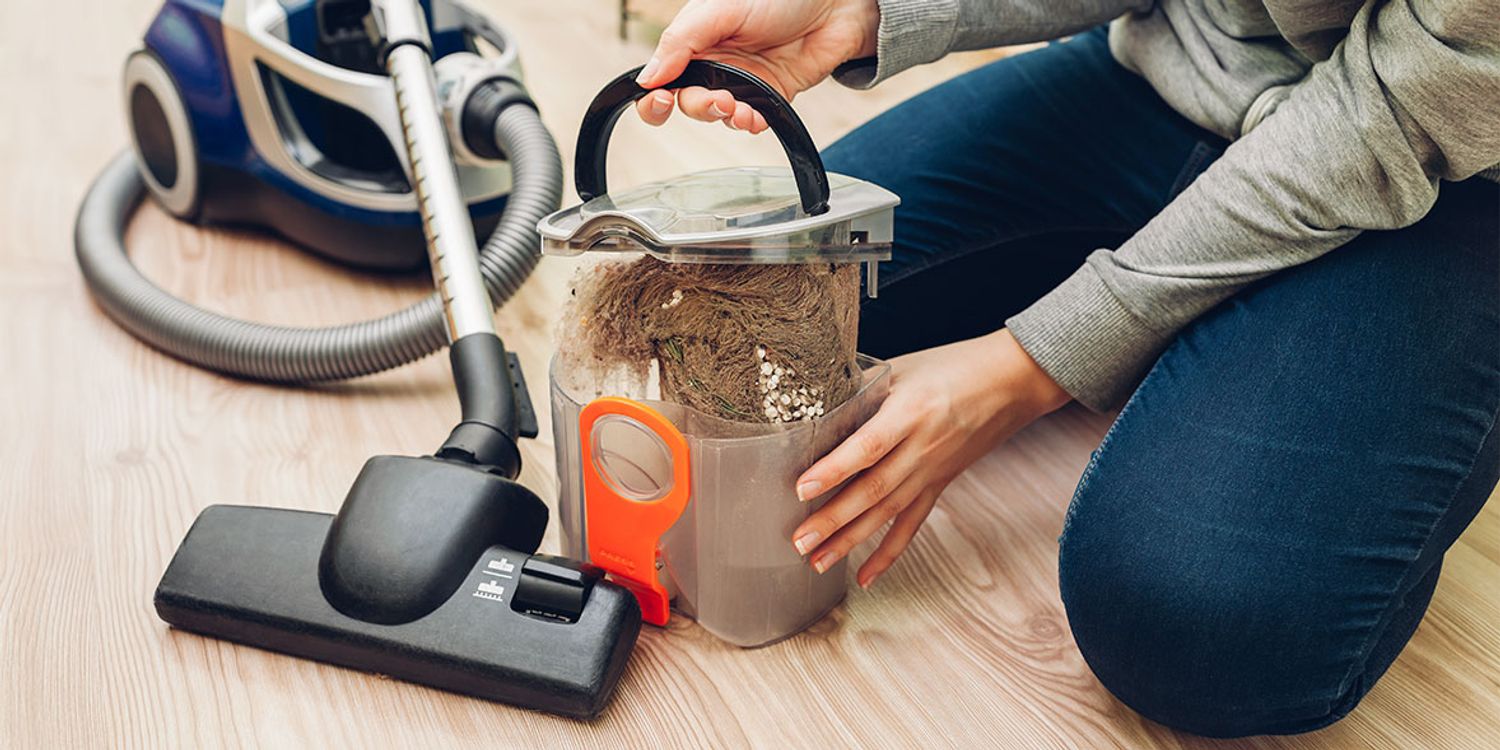

Cleaning Appliances
What Causes A Vacuum Cleaner To Lose Suction
Modified: October 20, 2024
Discover the reasons behind a vacuum cleaner losing suction and learn effective cleaning-appliance maintenance tips to restore its performance. Keep your vacuum running smoothly!
(Many of the links in this article redirect to a specific reviewed product. Your purchase of these products through affiliate links helps to generate commission for Storables.com, at no extra cost. Learn more)
Introduction
Vacuum cleaners are a staple in most households, offering a convenient and efficient way to keep our living spaces clean and tidy. However, a common frustration that many users encounter is a loss of suction power in their vacuum cleaners. This issue can significantly diminish the cleaning performance, leaving behind dirt and debris that should have been effortlessly removed. Understanding the underlying causes of this problem is crucial for maintaining the optimal functionality of your vacuum cleaner.
In this comprehensive guide, we will delve into the various factors that can lead to a vacuum cleaner losing suction. By identifying these issues and learning how to address them, you can prolong the lifespan of your appliance and ensure that it continues to deliver powerful suction for effective cleaning. From clogged filters to worn-out parts, we will explore the potential culprits behind this common dilemma and provide practical solutions to restore your vacuum cleaner's suction capabilities.
So, if you've ever found yourself exasperated by a lackluster vacuuming experience, fear not! By the end of this article, you will be equipped with the knowledge and insights needed to troubleshoot and resolve the loss of suction in your trusty vacuum cleaner. Let's embark on this enlightening journey to unveil the secrets of suction restoration and reclaim the cleaning prowess of your beloved appliance.
Key Takeaways:
- Regularly cleaning or replacing filters, clearing hose blockages, and emptying dust canisters can restore a vacuum cleaner’s suction power and keep it performing at its best.
- Adjusting the height setting for different flooring types and replacing worn parts can also help maintain a vacuum cleaner’s suction power for effective cleaning.
Clogged Filters
One of the primary culprits behind a vacuum cleaner’s dwindling suction power is clogged filters. Filters play a crucial role in trapping dust, dirt, and debris from the airflow, preventing them from recirculating into the environment. Over time, as the vacuum cleaner is used, these filters gradually accumulate a substantial amount of particles, impeding the airflow and causing a noticeable decline in suction.
Most modern vacuum cleaners are equipped with multiple filters, such as pre-motor and post-motor filters, to ensure that the expelled air is clean and free from contaminants. When these filters become clogged, the airflow is restricted, leading to reduced suction and overall performance. It is essential to adhere to the manufacturer’s recommendations regarding filter maintenance, which typically involves regular cleaning or replacement, depending on the type of filter.
To address the issue of clogged filters, start by consulting the user manual to locate and access the filters in your vacuum cleaner. Once identified, carefully remove the filters and inspect them for accumulated debris. Depending on the filter type, you may be able to clean and reuse it, or it may require replacement if it is non-reusable or severely clogged.
For washable filters, gently rinse them under lukewarm water and allow an adequate drying period before reinstalling them. In the case of non-washable filters, replacement with genuine, compatible filters is imperative to maintain the optimal performance of your vacuum cleaner. By diligently maintaining and replacing filters as recommended by the manufacturer, you can effectively mitigate the risk of suction loss due to clogged filters, ensuring that your vacuum cleaner operates at its full potential.
Blockages in the Hose
Another common culprit responsible for impeding the suction power of a vacuum cleaner is blockages in the hose. The hose serves as a vital pathway for the airflow, allowing the vacuum to effectively draw in dirt and debris from various surfaces. However, when obstructions such as accumulated debris, foreign objects, or even pet hair obstruct the hose, the airflow is disrupted, leading to a noticeable reduction in suction.
To diagnose and address potential blockages in the hose, begin by visually inspecting the entire length of the hose for any visible obstructions. Pay close attention to bends, crevices, and connections, as debris tends to accumulate in these areas, impeding the smooth flow of air. If a blockage is detected, carefully remove it using a suitable tool, such as a flexible cleaning wand or a straightened wire hanger, taking care not to damage the hose in the process.
Additionally, some vacuum cleaners feature detachable hoses, allowing for easier access and cleaning. If your vacuum cleaner is equipped with this feature, detach the hose and conduct a thorough inspection and cleaning to dislodge any trapped debris. Furthermore, utilizing a vacuum cleaner with a detachable hose to suction out any blockages can be an effective method for clearing obstructions and restoring optimal airflow.
Regular maintenance and periodic checks for blockages in the hose are essential for preserving the suction power of your vacuum cleaner. By diligently ensuring that the hose remains free from obstructions, you can uphold the efficiency and performance of your appliance, enabling it to deliver consistent and powerful suction for effective cleaning.
Full Dust Canister or Bag
When a vacuum cleaner’s dust canister or bag reaches full capacity, it can significantly impede the appliance’s suction power, leading to subpar cleaning performance. The accumulation of dust, dirt, and debris within the canister or bag restricts the airflow, diminishing the vacuum cleaner’s ability to effectively draw in and contain additional particles.
To address this issue, it is crucial to regularly empty the dust canister or replace the bag, as recommended by the manufacturer. Many modern vacuum cleaners are equipped with transparent dust canisters, allowing users to easily monitor the level of accumulated debris. When the canister reaches capacity, promptly empty it into a designated waste receptacle, ensuring that the contents are properly disposed of to prevent recontamination of the cleaned areas.
For vacuum cleaners that utilize disposable bags, monitoring the bag’s fill level is essential to prevent a loss of suction. When the bag is nearing full capacity, replace it with a new, compatible bag to maintain optimal airflow and suction power. Additionally, some vacuum cleaners feature indicator lights or mechanisms that signal when the bag is full, serving as a helpful reminder to perform the necessary replacement.
By diligently adhering to a routine of emptying the dust canister or replacing the bag before reaching maximum capacity, you can prevent suction loss and ensure that your vacuum cleaner continues to deliver robust cleaning performance. This proactive approach to maintenance not only safeguards the appliance’s functionality but also contributes to a hygienic and efficient cleaning process within your living spaces.
Regularly clean or replace the filters and empty the dustbin to maintain suction power in your vacuum cleaner. Clogged filters and a full dustbin can restrict airflow and reduce suction.
Worn or Damaged Parts
Over time, the wear and tear of regular usage can lead to the deterioration of various components within a vacuum cleaner, ultimately impacting its suction power. Worn or damaged parts, such as the brush roll, belts, seals, and gaskets, can significantly compromise the appliance’s ability to effectively remove dirt and debris from surfaces.
The brush roll, also known as the beater bar, plays a crucial role in agitating and loosening embedded dirt from carpets and upholstery. If the bristles of the brush roll are worn down or tangled with hair and fibers, the vacuum cleaner’s ability to lift and suction dirt may be diminished. Regularly inspect the brush roll for signs of wear and entanglement, and clean or replace it as necessary to maintain optimal performance.
Similarly, worn or stretched belts that drive the brush roll or provide power to the vacuum’s motor can lead to a reduction in suction power. It is advisable to periodically check the condition and tension of the belts, replacing them if they show signs of wear or loss of elasticity. This proactive maintenance measure can restore the vacuum cleaner’s ability to effectively agitate and suction dirt from surfaces.
Furthermore, damaged seals and gaskets within the vacuum cleaner’s components, including the dust canister, hose connections, and motor housing, can contribute to air leaks, compromising the appliance’s suction power. Inspect these seals and gaskets for signs of wear, tearing, or misalignment, and replace them as needed to ensure a tight seal and optimal airflow.
By identifying and addressing worn or damaged parts in a timely manner, you can prolong the lifespan of your vacuum cleaner and preserve its suction power. Regular maintenance and proactive replacement of these components contribute to the appliance’s overall efficiency and performance, allowing it to continue delivering robust suction for thorough cleaning.
Read more: What Causes A Toilet Bowl To Lose Water
Incorrect Height Setting
The height setting of a vacuum cleaner’s brush roll or cleaning head plays a pivotal role in its ability to effectively remove dirt and debris from different types of flooring. Incorrect height adjustment can lead to suboptimal suction and cleaning performance, as the vacuum cleaner may struggle to maintain proper contact with the surfaces being cleaned.
When the brush roll is set too low for a particular type of flooring, such as a hardwood floor or low-pile carpet, it can create excessive resistance, impeding the smooth movement of the vacuum and hindering its suction power. Conversely, setting the brush roll too high above the surface can result in inadequate agitation and suction, leaving behind dirt and debris.
To address this issue, consult the vacuum cleaner’s user manual or guidelines provided by the manufacturer to determine the appropriate height setting for different flooring types. Many modern vacuum cleaners feature adjustable height settings that can be easily modified to suit specific surfaces, ensuring optimal cleaning performance.
When transitioning between different flooring types, such as carpets, rugs, and hard floors, it is crucial to adjust the height setting accordingly to facilitate efficient dirt removal and suction. By maintaining the correct height adjustment, the vacuum cleaner can effectively agitate and lift dirt from various surfaces, maximizing its suction power and cleaning efficacy.
Regularly inspect and adjust the height setting of the vacuum cleaner to accommodate different flooring types within your living spaces. This proactive approach to height adjustment ensures that the appliance operates at its full potential, delivering consistent and powerful suction for thorough cleaning across diverse surfaces.
Conclusion
In the realm of household cleaning, a vacuum cleaner serves as an indispensable tool for maintaining pristine living spaces. However, the frustration of encountering a loss of suction power can disrupt the seamless cleaning experience that we rely on. By understanding the common factors that contribute to this issue and implementing proactive maintenance measures, you can effectively address and mitigate the loss of suction in your trusty vacuum cleaner.
From the perils of clogged filters and blockages in the hose to the impact of a full dust canister or bag, each potential culprit has been unveiled and demystified. By diligently addressing these factors through regular maintenance, cleaning, and component inspection, you can safeguard the optimal functionality of your vacuum cleaner, ensuring that it continues to deliver powerful suction for thorough dirt and debris removal.
Furthermore, the significance of identifying and replacing worn or damaged parts, as well as maintaining the correct height setting for diverse flooring types, has been elucidated. These proactive measures contribute to the appliance’s overall efficiency and performance, allowing it to uphold its suction power and cleaning prowess over time.
As you embark on your journey to reclaim the full potential of your vacuum cleaner, remember that a proactive approach to maintenance is key. Regularly inspecting, cleaning, and replacing components as needed, while adhering to manufacturer-recommended guidelines, will empower you to combat the loss of suction and preserve the cleaning efficacy of your appliance.
Armed with the insights and knowledge gained from this guide, you are well-equipped to restore and maintain the suction power of your vacuum cleaner, ensuring that it remains a reliable ally in your quest for spotless living spaces. Embrace the proactive maintenance practices outlined here, and revel in the revitalized cleaning performance that your trusty vacuum cleaner can deliver.
Frequently Asked Questions about What Causes A Vacuum Cleaner To Lose Suction
Was this page helpful?
At Storables.com, we guarantee accurate and reliable information. Our content, validated by Expert Board Contributors, is crafted following stringent Editorial Policies. We're committed to providing you with well-researched, expert-backed insights for all your informational needs.
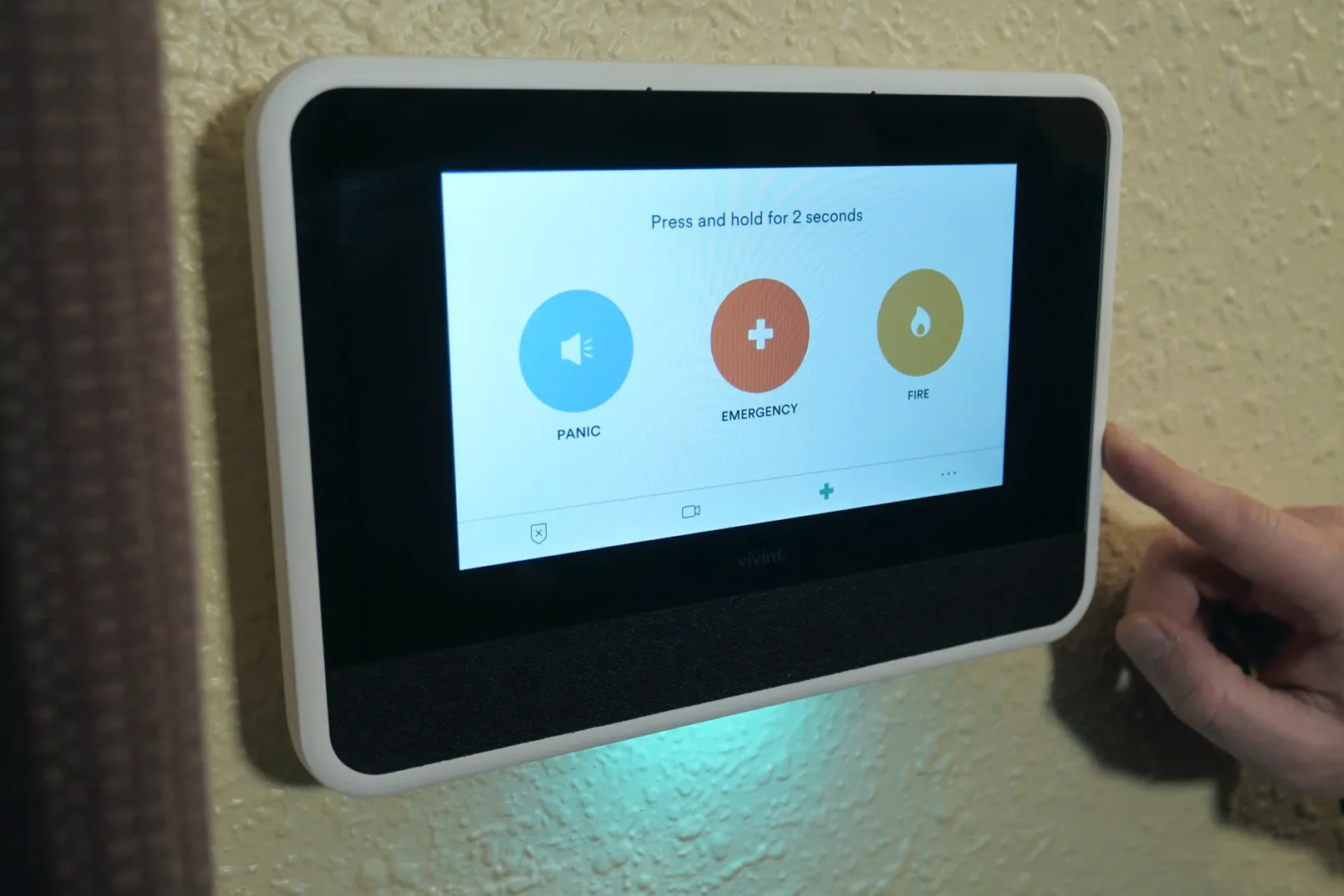
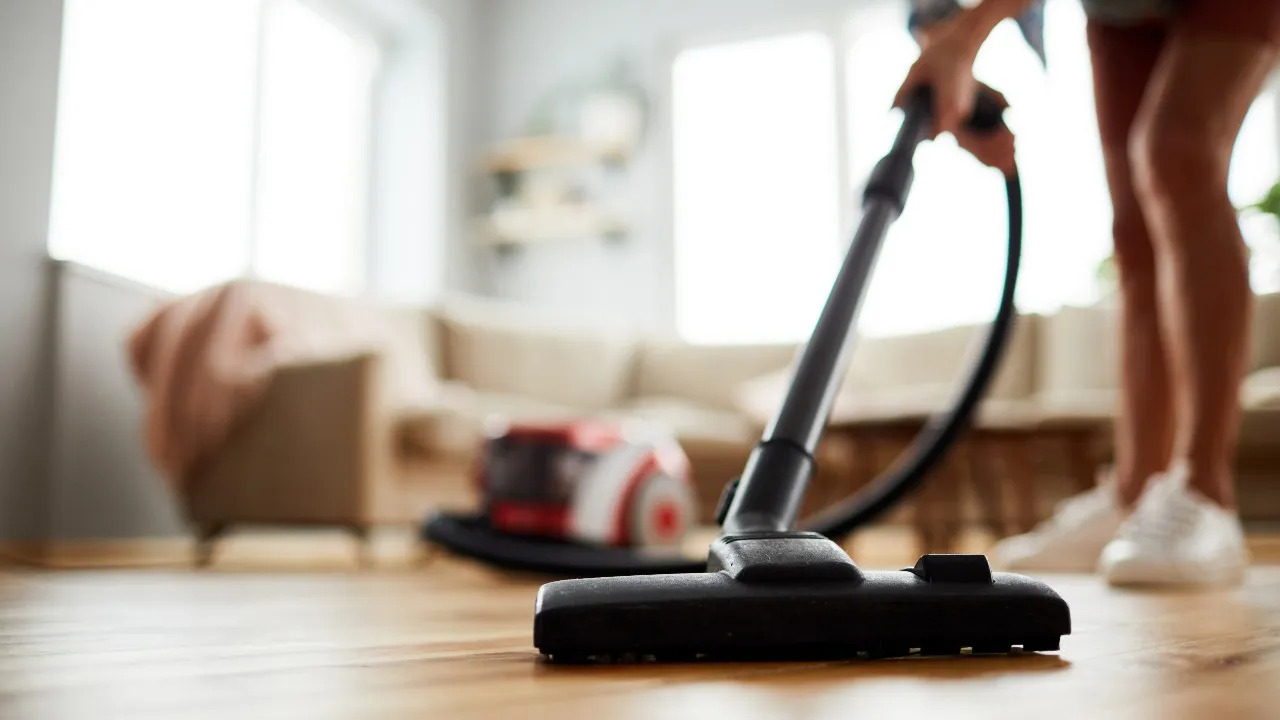
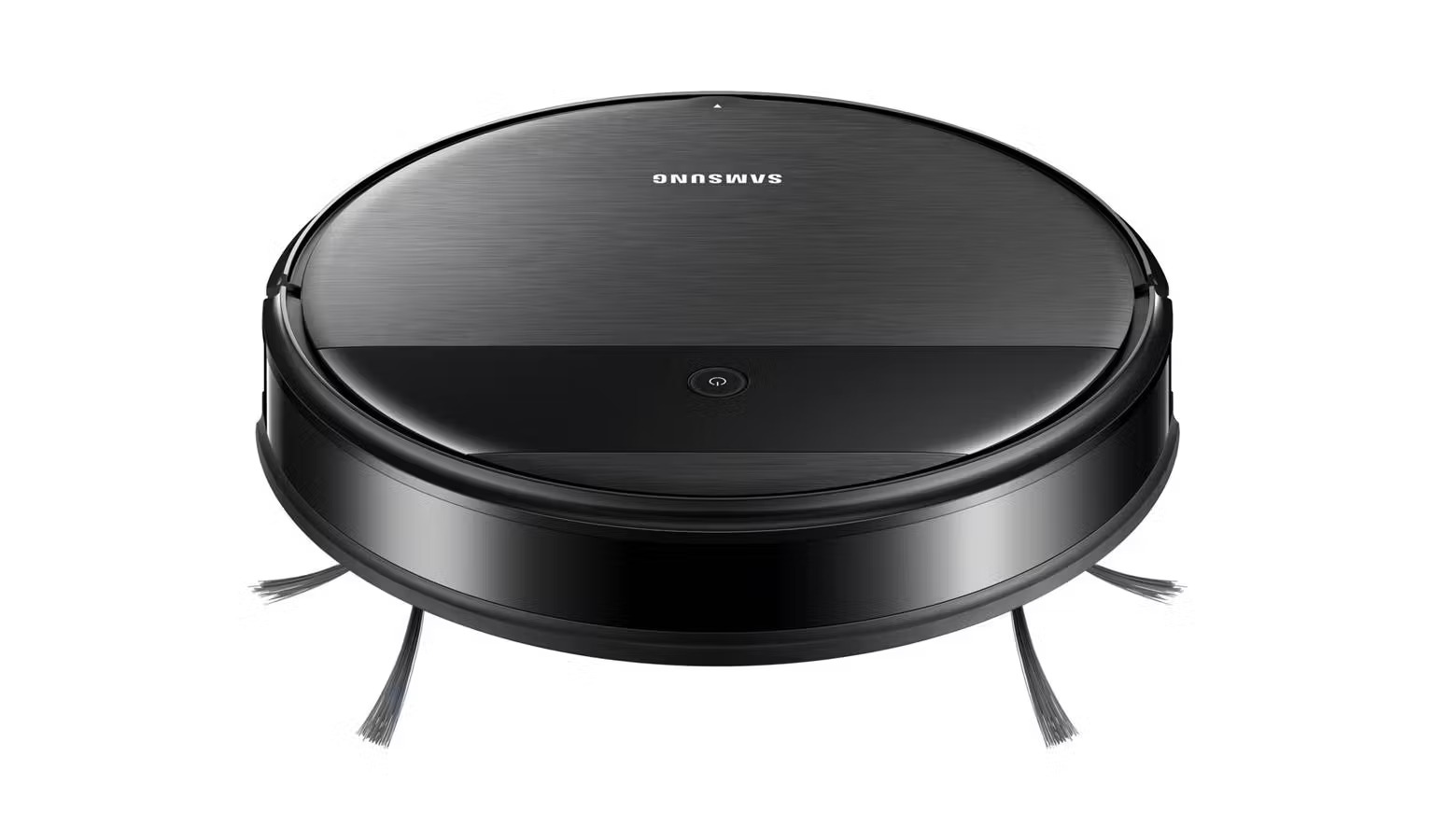
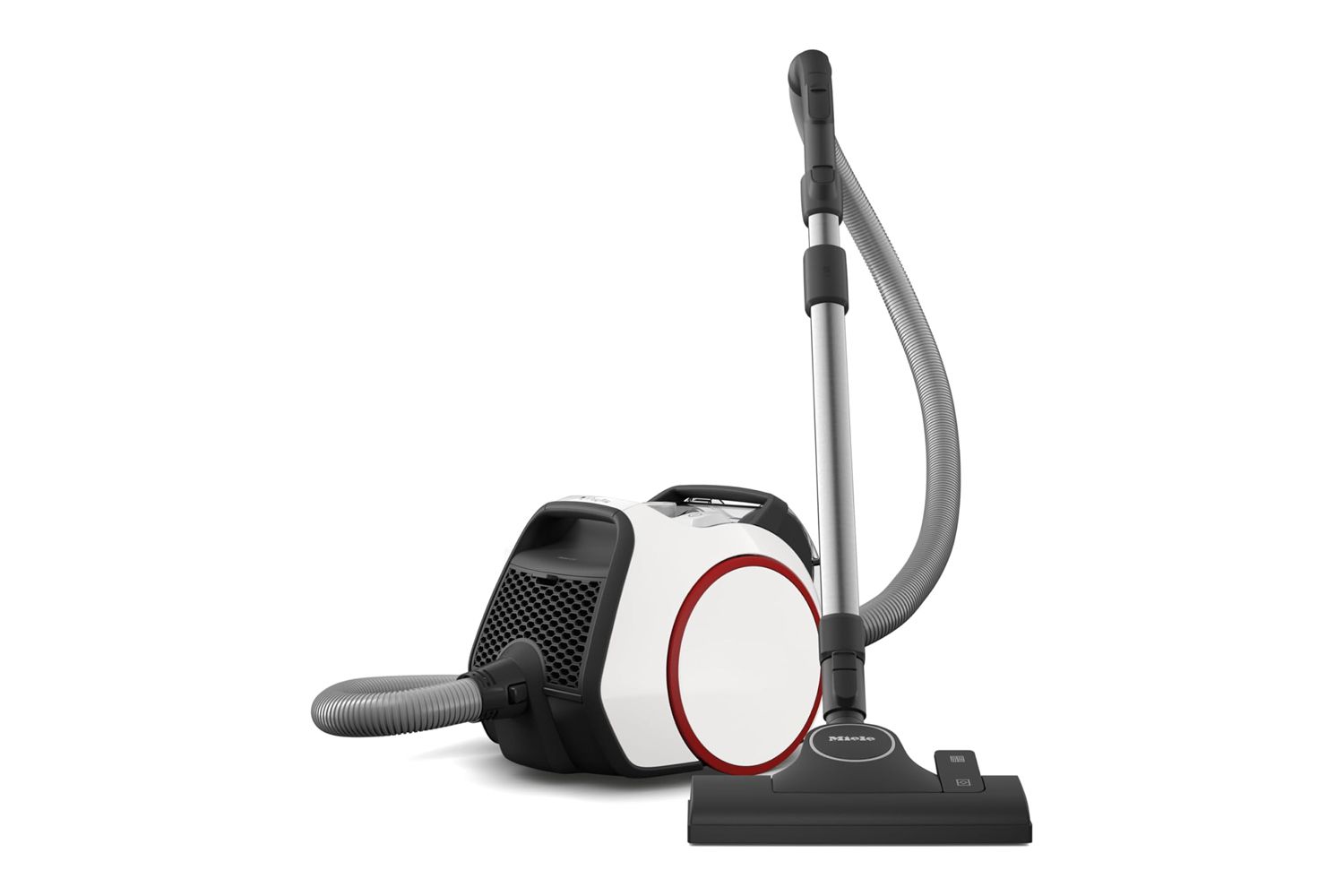
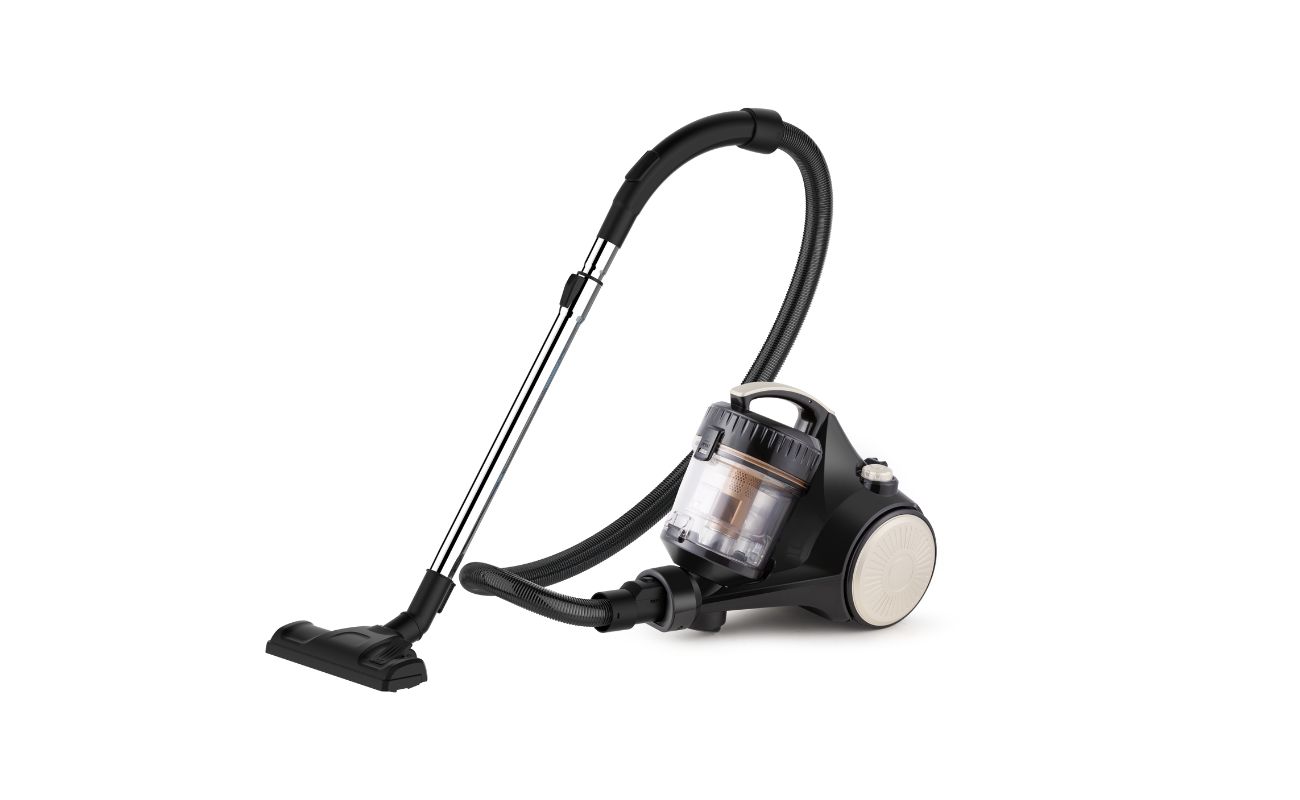
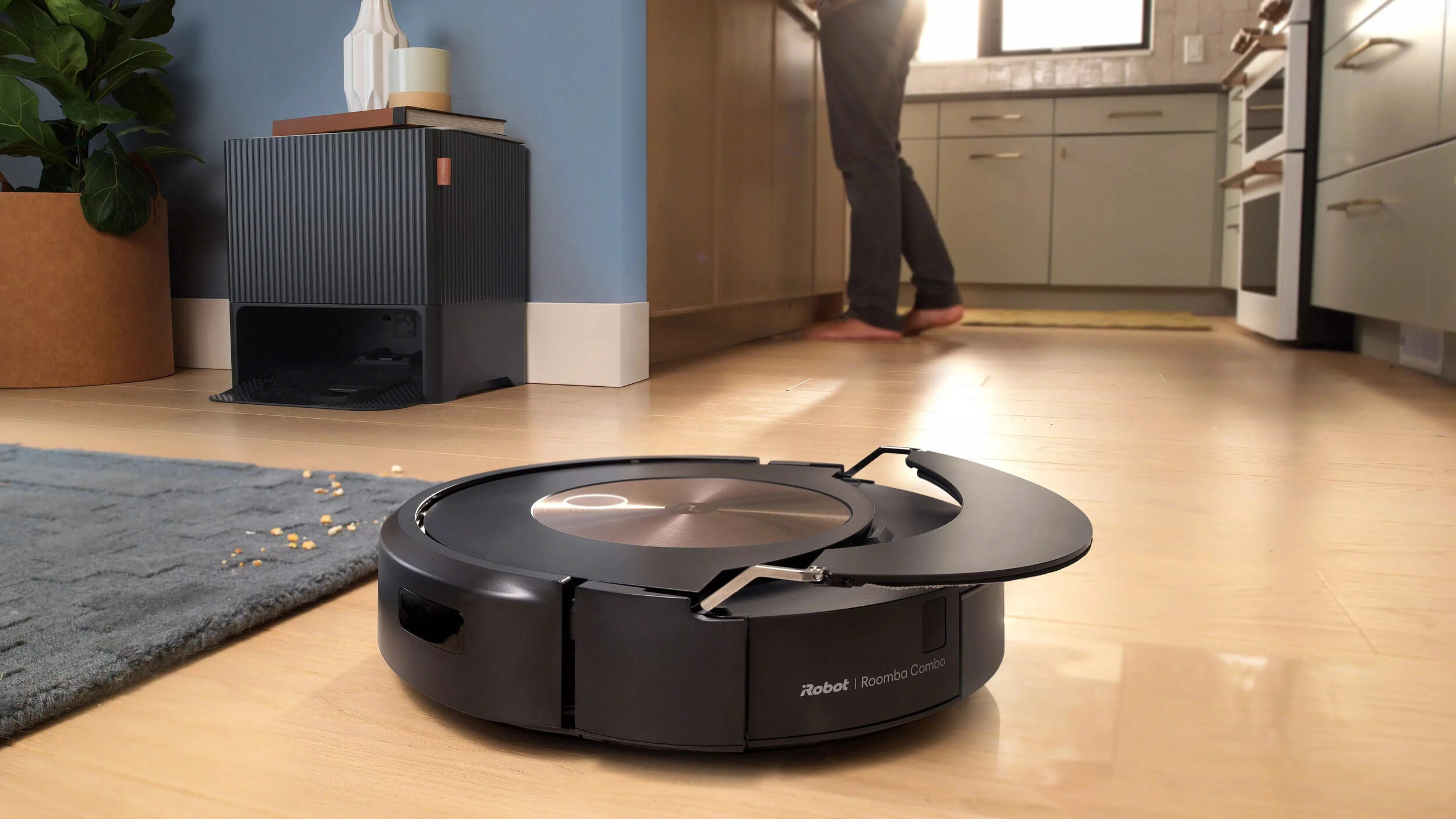
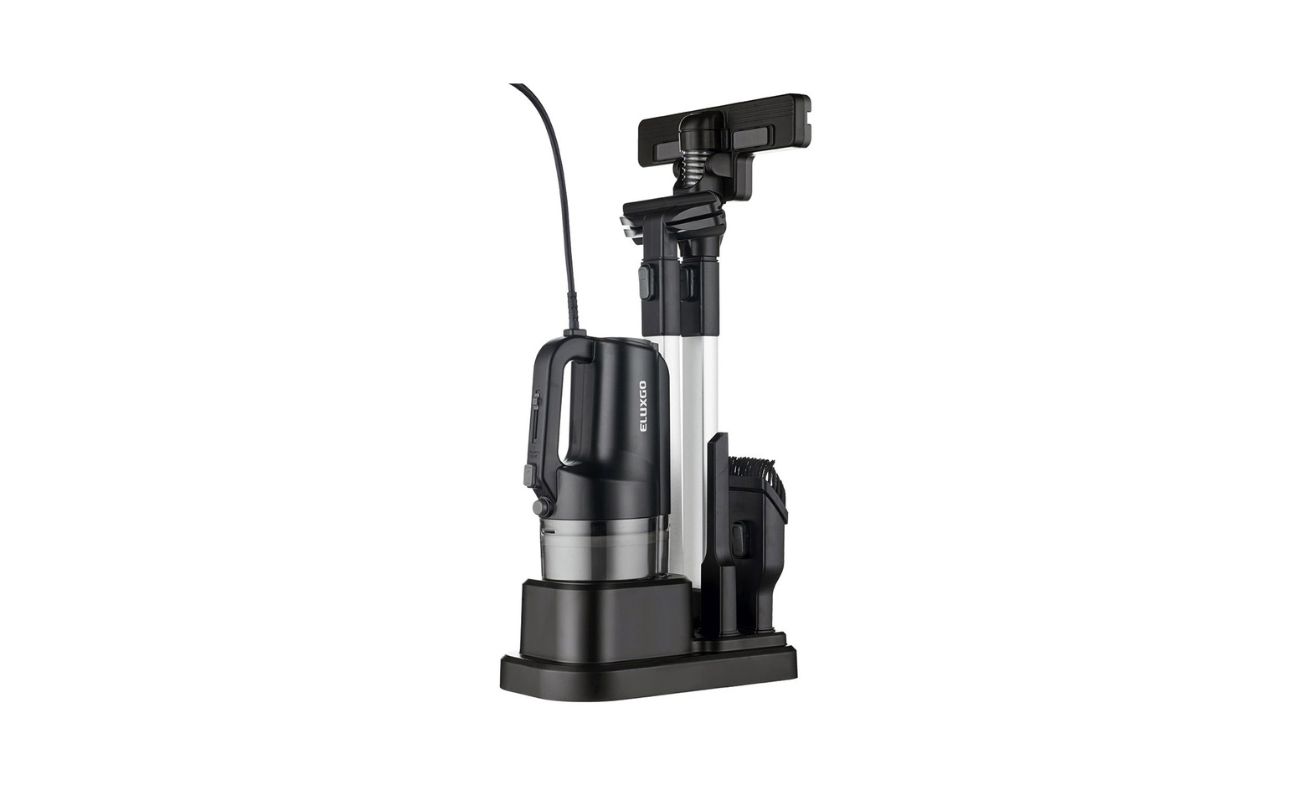
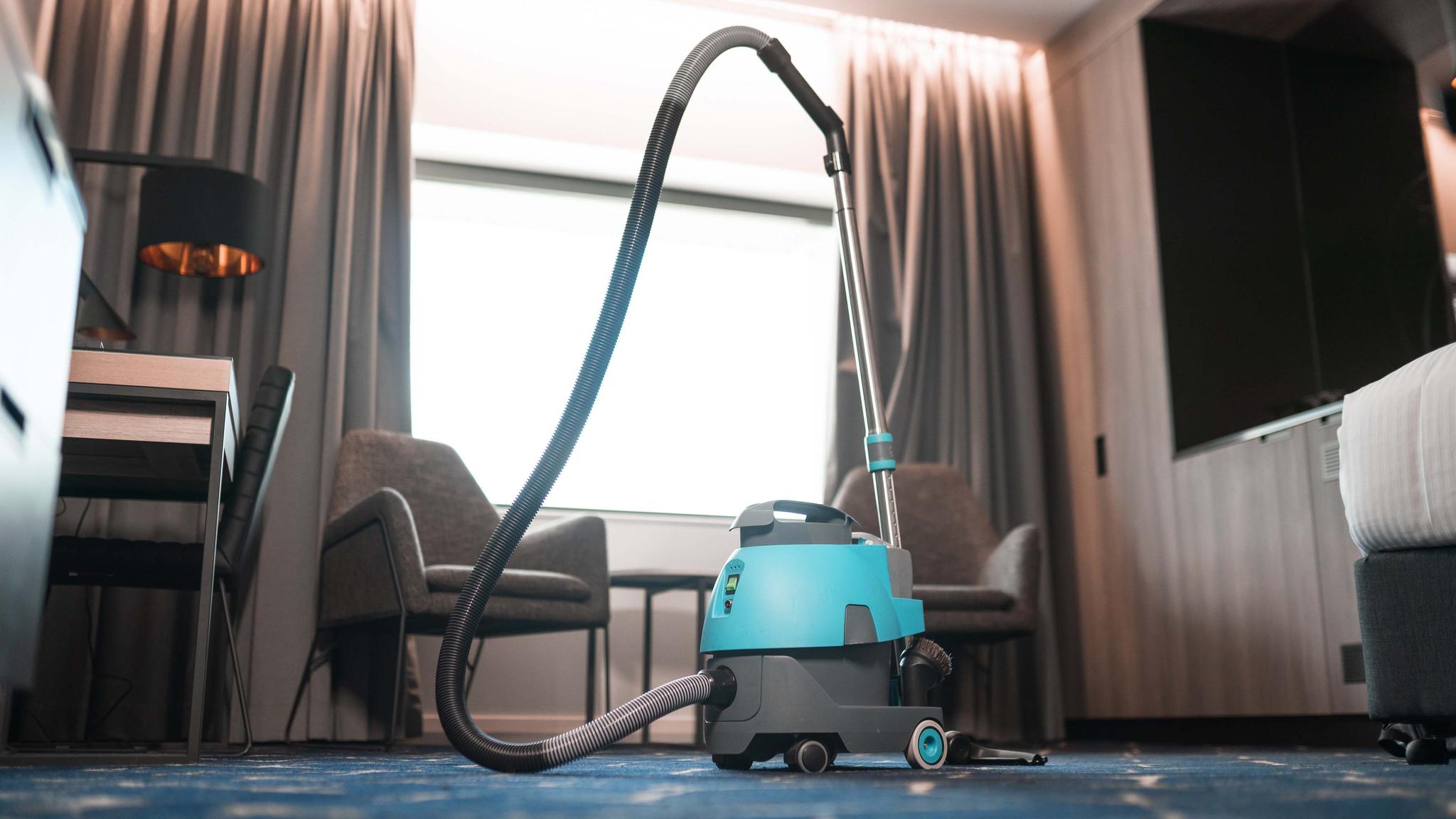
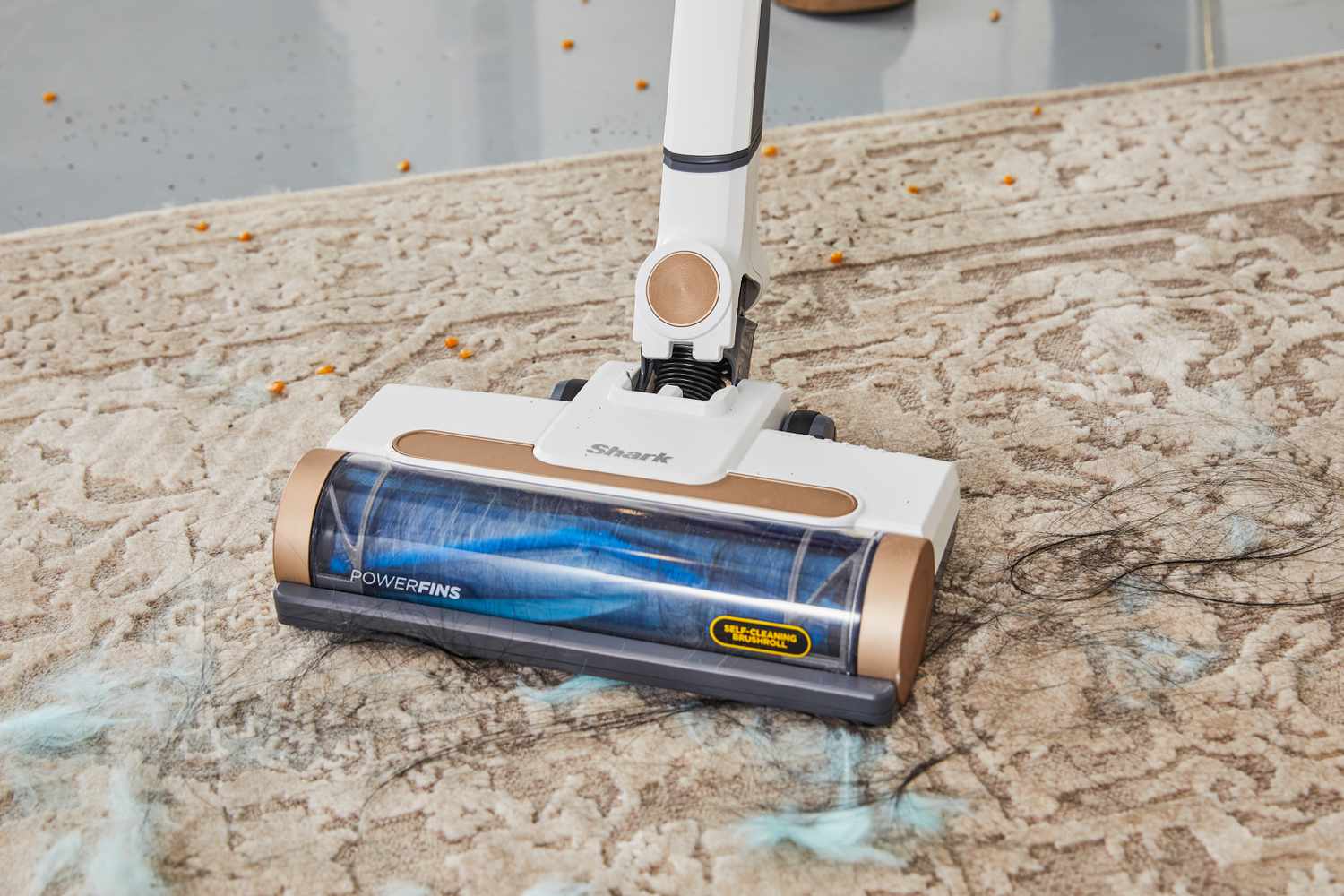
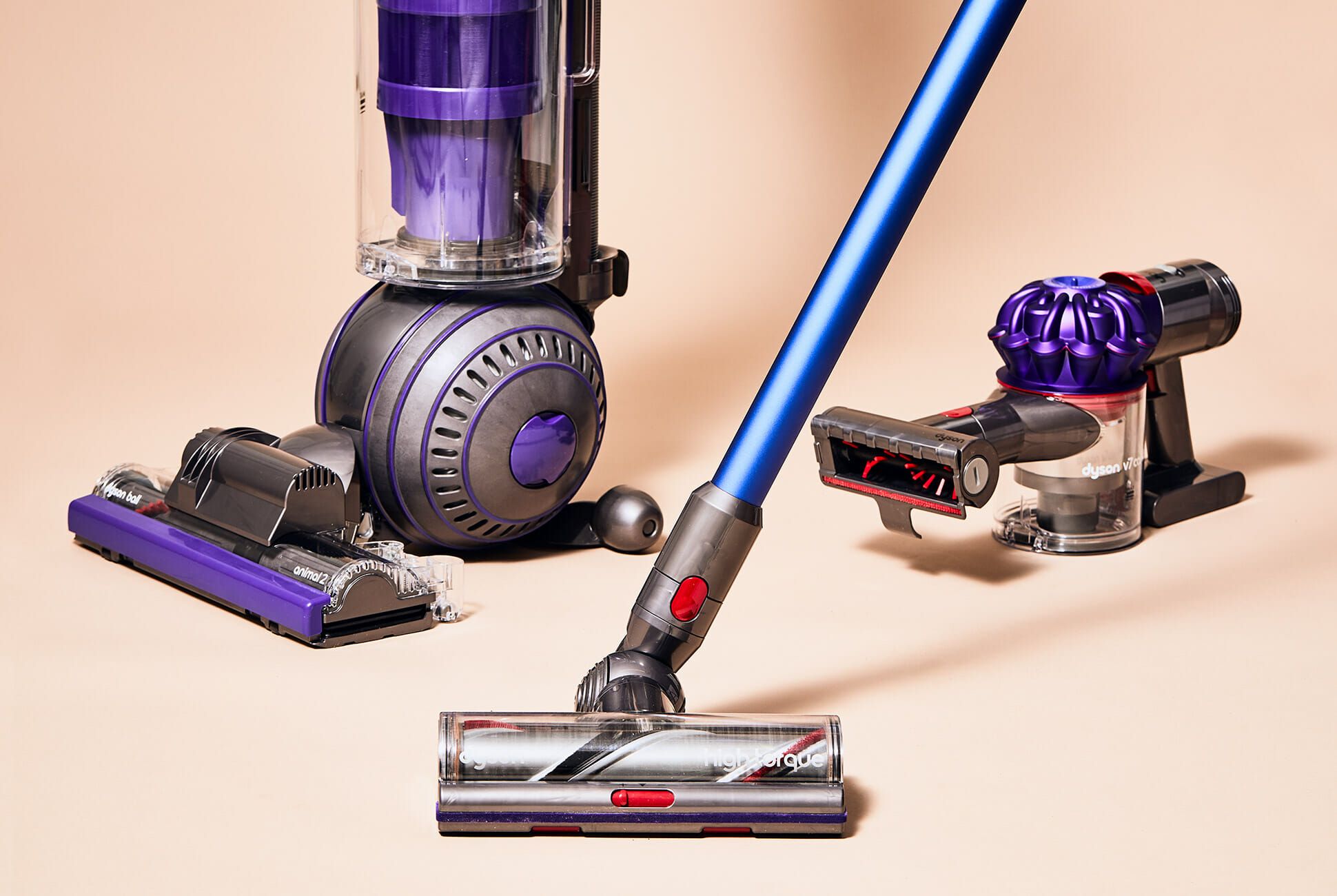
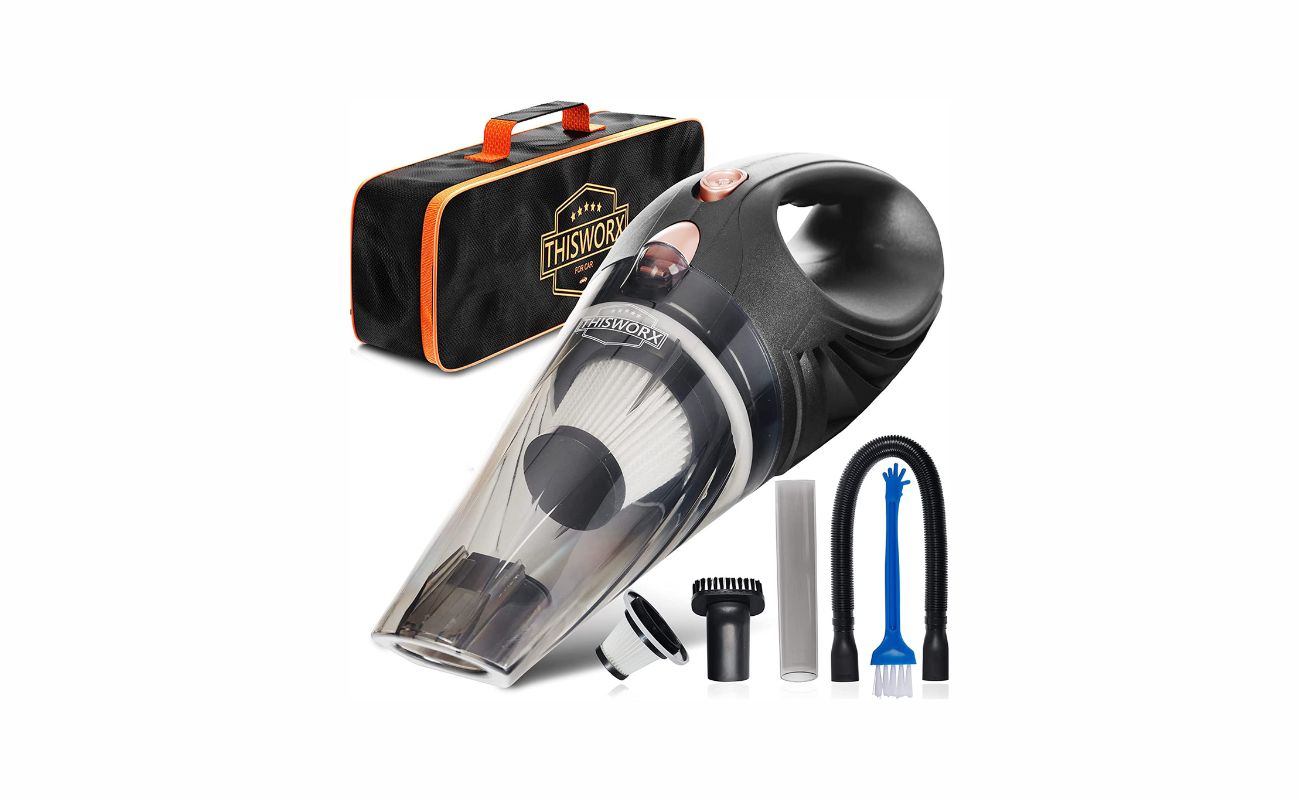
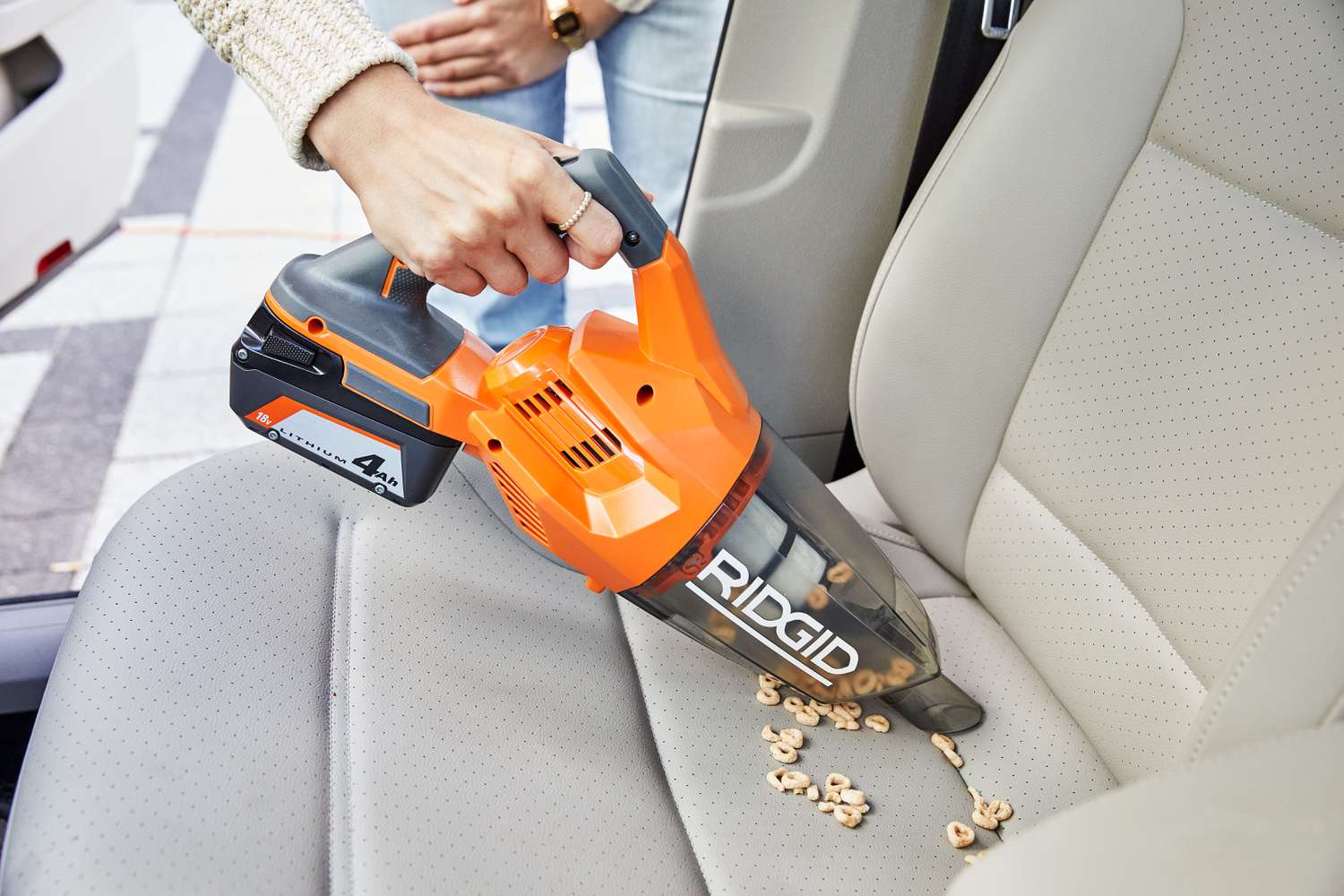
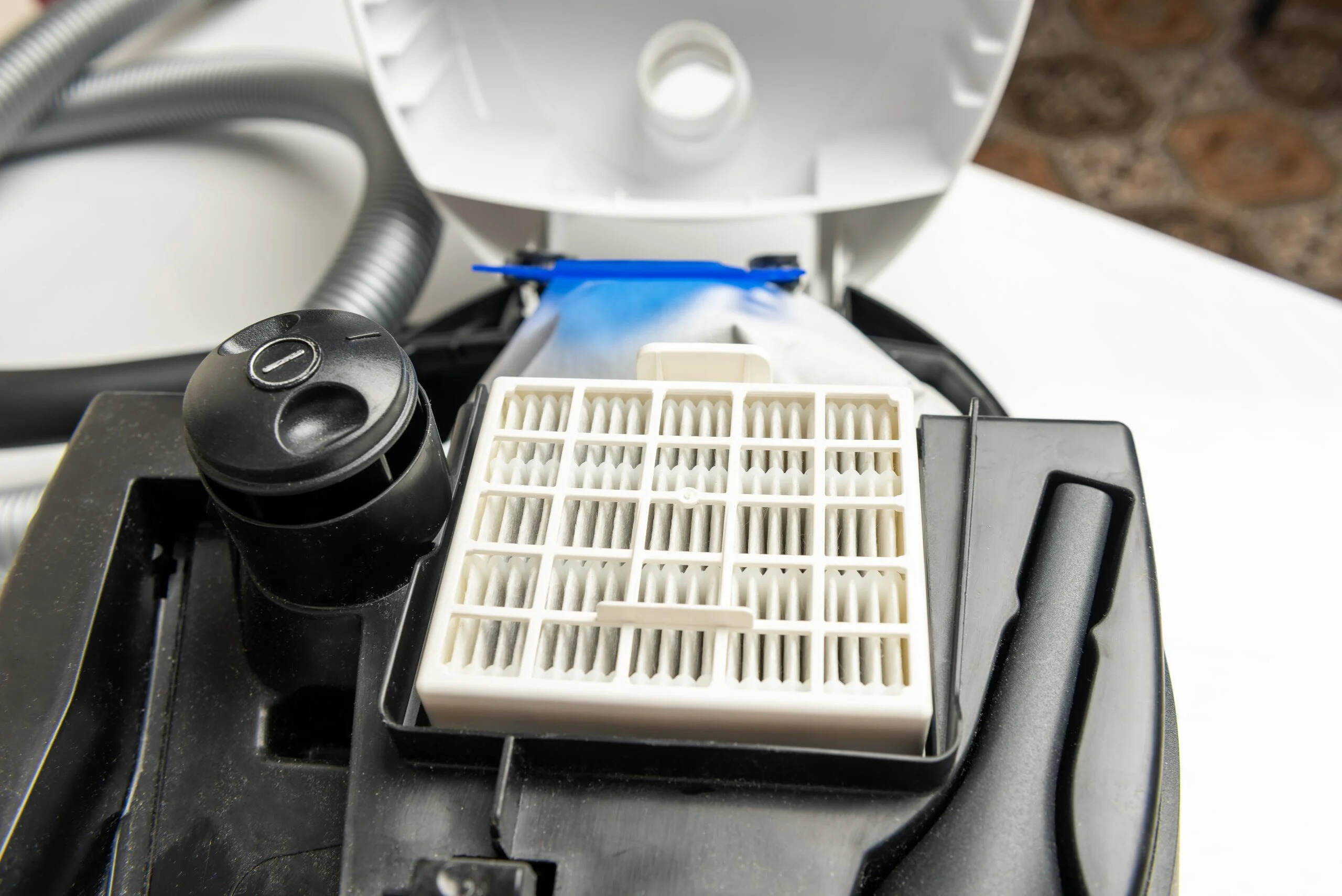
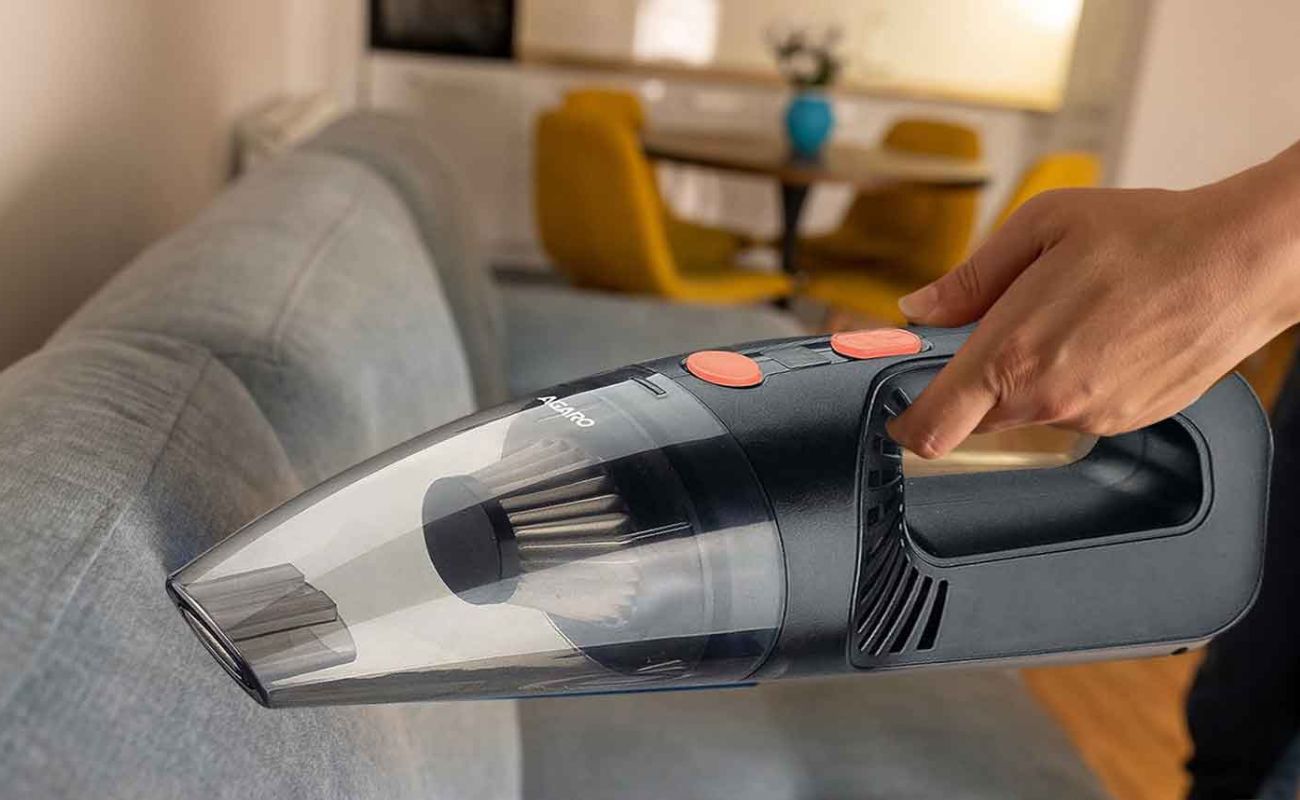

0 thoughts on “What Causes A Vacuum Cleaner To Lose Suction”